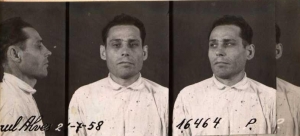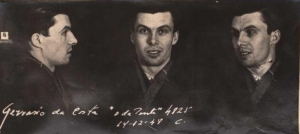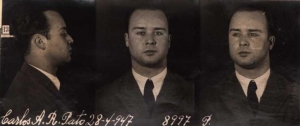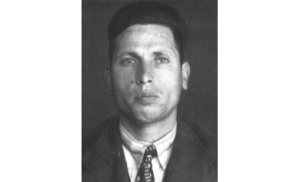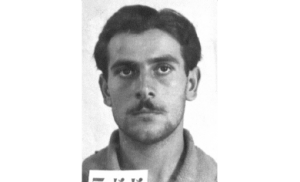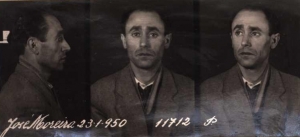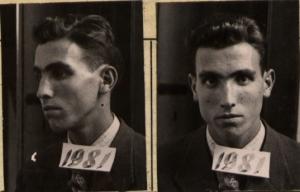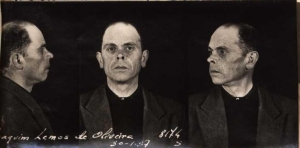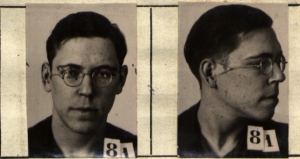Mário dos Santos Castelhano

(Lisbon, 31-05-1896 – Tarrafal, Santiago Island, Cape Verde, 12-10-1940)
A historical leader of the anarcho-unionist movement, Mario Castelhano was born in Lisbon. He began working at the age of 14 in the Portuguese Railway Company (CP) where, later on, he became an office worker. His activism and direct involvement in numerous workers and union struggles would lead to his dismissal. A participant in the railway strikes of 1911, 1918 and 1920, he was also a trade union leader in the CP, the Railway Workers’ Union of Lisbon and several trade unions of the General Confederation of Labour (CGT), and ran the newspapers A Federação Ferroviária, O Ferroviário and O Rápido. He was a member of the organising committee of the 1st Railway Congress of June 1922, and the executive committee of the Railway Federation, responsible for international relations. He participated, as a delegate of the Railway Federation, in the National Workers’ Congress, held in Covilhã in 1922, and in the reorganisation of the CGT’s Confederal Council in the summer of 1926, becoming Secretary-General and main editor of its newspaper, A Batalha.
After the failed revolt of February 1927, the CGT was outlawed, the newspaper A Batalha was raided and, already in October, Mário Castelhano was arrested and deported to Angola, where he remained for two years. In September 1930, he was transferred to the Azores, and in April 1931, he went to the Madeira Island, where he managed to support the revolt against the military dictatorship that had been triggered there. After this revolutionary movement failed, Castelhano managed to organise his escape to Lisbon, secretly boarding the ship Niassa. In 1933, he was again responsible for the CGT and, in this capacity, he organised the revolt of 18 January 1934 in Marinha Grande. However, he was arrested on the 14th and placed in the Military Prison of Trafaria, accused of having been involved in the preparation of the general revolutionary strike in Sines and the manufacture of weapons for the revolt in Marinha Grande. Sentenced, on 8 March 1934, by the Special Military Court, to 16 years of banishment in the colonies with a prison sentence and a 20.000$00 fine, he was handed over to the government. On 8 September 1934, he went to the Fortress of Angra do Heroísmo, in the Azores. Two years later, in October 1936, he was transferred to the Concentration Camp of Tarrafal, in Cape Verde. In this camp, he fought for better conditions for the prisoners and developed important cultural, reflexive and pedagogical activity.
He died in 1940 of intestinal fever, aggravated by the constant lack of medication and medical care, as well as the poor hygiene conditions of the Concentration Camp of Tarrafal.

